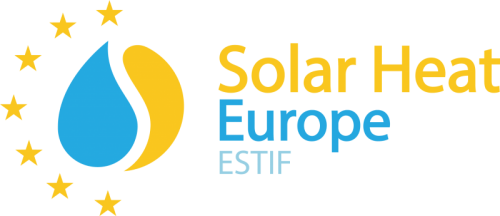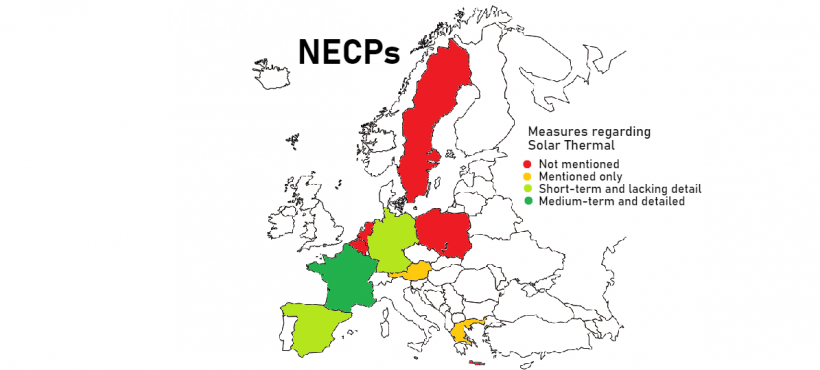Winter is coming and so are the National Energy and Climate Plans final submission, an opportunity not to be missed
Summer is almost over and it’s time to officially get back to business! But you shouldn’t worry about the cold weather, because there is one policy topic that will heat up the winter season and will surely stay hot in the European agenda: the final submission of National Energy and Climate Plans (NECPs).
Recap: Where do we stand with the National Energy and Climate Plans
According to the Governance Directive, EU member States are asked to develop integrated strategies to contribute to the EU climate and energy objectives. The plans are setting out targets and concrete measures to cover the 5 dimensions of Energy Union for the period 2021-2030:
- decarbonisation
- energy efficiency
- energy security
- integrated market and R&I and
- competitiveness
The European Commission demanded more ambitious plans
In January 2019, member States submitted their first drafts of the plans. 6 months later the European Commission published a series of recommendations asking for higher ambition and more concrete steps which are missing in several plans. You can also read Solar Heat Europe’s analysis on this matter.
National Energy and Climate Plans final deadline
Now, EU countries have until the end of the year to revise their drafts and present a final version of the NECPs. However, some countries are not likely to meet this deadline due to their political situation or lack of interest for climate and energy issues.
Analysis of NECPs drafts
All renewables must be taken into account in an integrated approach
Analysing the NECPs drafts, we found out that the majority of them focus on the topic of electrification, therefore one of the main challenges will be to raise the relevance and potential of renewable heating and cooling solutions, and in particular of solar thermal. A consistent approach to the EU climate and energy targets requires that no sector or technology will be left behind or overlooked within the planning.
Only a mix of renewable energy-based solutions will deliver concrete results and lead to a fast and just energy transition, aligned with the European objectives for 2030. This is also why it’s worrying to see how several plans lack a strategic approach on heating and cooling and that overall goals are not ambitious enough. An integrated approach, involving different sectors and several technologies must be the starting point for the plans revision.
Exploring new synergies
The NECPs also represent a great opportunity to further explore synergies with other funding programmes, such as local funds or European programmes like the ERDF (European Regional Development Fund).
Furthermore, the integrated plans must also be consistent with other parts of the EU legislation as art. 23 of the Renewable Energy Directive (RED II) introducing renewable heat obligations (RHOs) or art.7 of the Energy Efficiency Directive (EED) on energy efficiencies obligations. Therefore, these requirements should be further analysed and properly reflected in the plans, given their close link with the aim and the scope of NECPs.
The EU is also working on a new Just Transition Fund (JTF) to support a just transition in those regions which are still relying on fossil fuels. The fund will be implemented in the frame of Cohesion Policy and put the emphasis on the economic reconversion of coal dependent regions.
National association’s key role
The development of the plans is not a top-down procedure imposed from above, on the contrary it is meant to be an inclusive process, involving local and regional authorities. National associations can play a key role in reaching the right actors and providing valuable feedback to improve the plans. The public consultations which are part of the NECPs development must reflect the needs at local, regional and national level both in decentralised systems and utility scale entities. That’s why national associations can play a key role, along with national authorities, in involving local actors and make them aware of the opportunity and importance of the local level involvement in the NECPs process.
It is now or never!
Given an average lifetime of 15-20 years, all heating systems installed in 2030 will still likely to be active and polluting in 2050, so 2030 will be the turning point to reach the decarbonisation of the sector. That’s why NECPs represent a unique opportunity to step up the ambition on climate and energy and realise the urgency of acting now. Member States must show their political will and live up to the expectations presenting a clear and ambitious streamline on the progresses and the achievements they intend to reach in the next 10 years.
Seizing the moment
At European level, there is a momentum on climate and energy, which now have a high relevance in the political agenda and debate. More and more interest and attention are given to climate and air quality issues, not just at local and national level, but as well in Brussels. Therefore, we need to seize this moment and built on the key role of renewables in heating and cooling to push for already effective solutions as solar thermal.
Editorial by Irene di Padua, Policy Officer of Solar Heat Europe



Leave a Reply